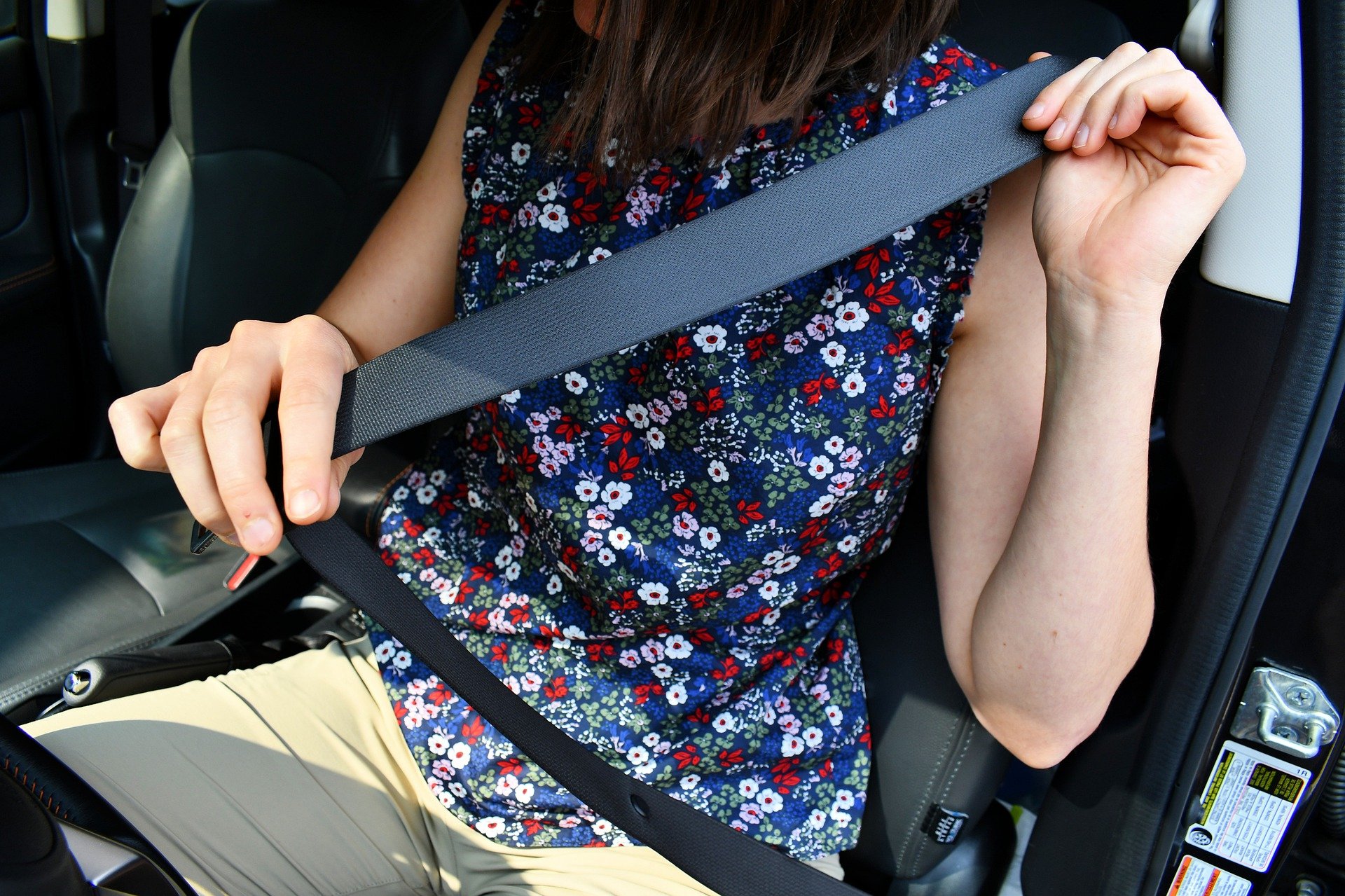Safety ratings help us make better decisions when we purchase new a vehicle. However, you may not understand exactly what these ratings mean and how vehicles are tested to determine them.
Automakers conduct a variety of different crash tests to determine how their vehicles perform during an impact. Crash test dummies, meanwhile, help determine the impact on passengers. Generally, the tests occur with a variety of barriers and walls, as well as at different speeds. In the United States, both the Insurance Institute of Highway Safety (IIHS) and the National Highway Transportation Safety Administration (NHTSA) conduct vehicle safety tests.
The Basics of Safety Testing for All Vehicles
The IIHS puts vehicles through a series of five tests that examine the side, seat, head restraint, and front overlaps in a vehicle. Once these tests are finished, the organization assigns a qualitative rating from “poor” to “good.”
The IIHS also tests crash avoidance and mitigation systems and then grades them as “basic,” “advanced,” or “superior.” In addition, the organization creates a list of top safety picks.
The NHTSA provides a more quantitative rating, with up to five stars for each vehicle. It conducts front and side crash tests, as well as rollover tests. Notably, NHTSA testing has been criticized for being so different from real-world crashes, whereas the collision testing done by the IIHS is more in line with what happens on the highway.
Vehicles are tested for safety long before the IIHS or the NHTSA have access to them. Manufacturers regularly test vehicles during the pre-production development process to identify problems and attempt to fix them. This testing can be extensive, as manufacturers prefer fixing problems before consumers experience them. In the United States, this happens largely in Death Valley. Outside of the United States, many manufacturers test vehicles on the Nürburgring racetrack in Germany.
The Importance of the Crash Test Dummy in Testing
The primary objective of any safety testing is to figure out the impact on the human body. For this reason, crash test dummies are an important part of testing. These dummies come in a variety of sizes and age ranges to see the impact on a range of people. The dummies are made to resemble an actual human body as much as possible to get the most accurate results possible. Dummies are also painted prior to testing so that researchers can see exactly where any impacts occur. Each dummy has a movement and load sensor, as well as an accelerometer, all of which help judge the severity of an impact on the body.
The movement sensor is placed on the dummy’s chest, which is where most people experience injuries in car accidents. Load sensors measure the amount of force applied to each bone to determine whether it would likely break in the real world. Meanwhile, the accelerometer measures acceleration forces on the dummy, which is especially important for the head, as these forces can damage blood vessels in the brain.
All this equipment is meant to figure out exactly what would happen to the body of a real human. While not perfect, the studies are growing more conclusive as technology evolves.
The Trouble with Comparing Safety Ratings
The safety of a vehicle should be a top priority when choosing a vehicle. However, it is important to note that safety ratings between vehicles are not always directly comparable. Automakers constantly introduce new safety features on cars, which means that testing can change significantly from year to year. For example, the IIHS announced front moderate overlap testing in 2012, so any vehicle from before that time would not have been tested for it.
Also, you should know that both agencies use the same class of vehicles during testing. In other words, neither agency looks at what happens when a vehicle crashes into a lighter or heavier vehicle. Unfortunately, testing against the same weight class does not always give good results. A small vehicle with great ratings is not necessarily better than a large vehicle with poor ratings. This is because the small vehicle is only tested against other small vehicles.
In addition, agencies may change the designation rules over the years. One year, the IIHS conducted a test that looked at how well fixed seats protect passengers from a rear crash at 20 miles per hour. Vehicles needed to earn a “good” in this category to be considered a top safety pick. This rule did not apply in the years when this test was not conducted. In other words, vehicles that may earn the top safety pick designation one year may not have gotten it another year depending on the testing applied. Despite this, both the IIHS and the NHTSA offer important information regarding all vehicles. The key is to visit their respective websites and read the entire report rather than relying solely on the qualitative and quantitative scores.
